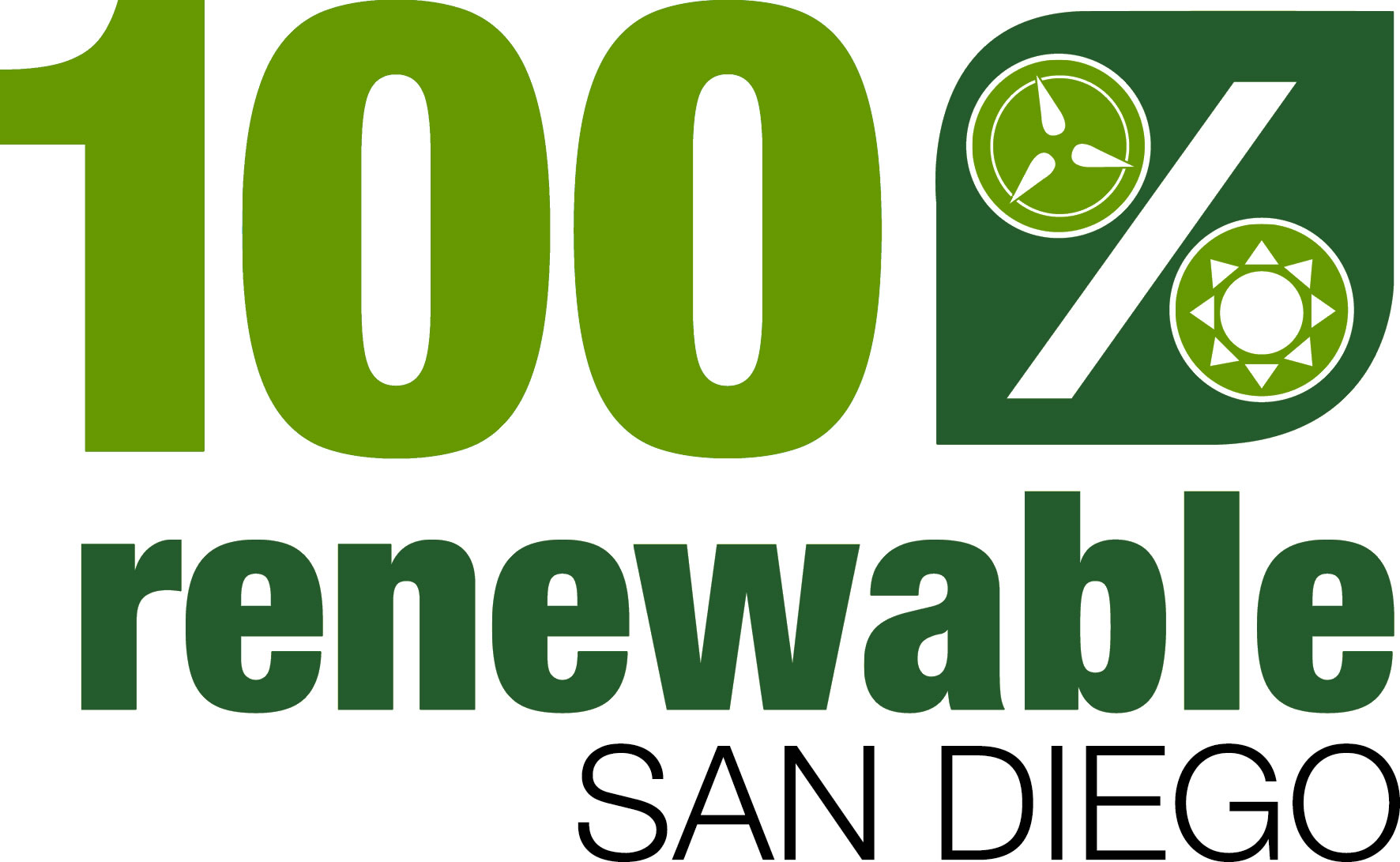
VYING FOR WORLD'S GREENEST CITY: SEOUL, KOREA
Feb 1, 2010 - Negawattconsult.com
Cities account for only 2% of the world's land mass but 80% of the global
greenhouse gas emissions. Planning for climate change and new environmental
initiatives to reduce greenhouse gas emissions is key to the goal of Seoul,
capital city of the Republic of Korea, to become the world's greenest city.
The Mayor of Seoul, Oh Se-hoon, writing in the latest UN magazine Urban World,
discussed the measures and effort over the last three years to make this overpopulated
megacity (population about 10 million) with many environmental problems into
an eco-friendly city. Seoul's Eco-Friendly Declaration announced in 2007 set
out goals to reduce energy use by 15%, reduce greenhouse gas emissions by 25%
and increase new or renewable energy use by 10% by 2020. Hosting the third
C40 Large Cities Climate Summit held in May 2009 was additional motivation
for the efforts. The Climate Positive Development Programme was announced at
the Summit. The Clinton Climate Initiative CCI and the US Green Building Council
USGBC joined with this programe "to create model, large-scale building
projects that demonstrate how new urban developments around the world can become
climate positive - reducing their net greenhouse gas emissions below zero.
A total of 16 urban development projects, including the Magok development project
in Seoul, will participate."
Among the Seoul actions are:
* Building Retrofit: About 87 buildings, 45 public and 42 private are in
this project: 62 buildings have been completed. Buildings account for 15% of
global greenhouse gas emissions globally. Existing buildings are often not
designed for energy efficiency and retrofitting can significantly reduce both
GHG emissions and energy cost.
* New Building Criteria: New buildings are required to be designed for energy
efficiency and use of renewable energy. Tax incentives also encourage environmentally
friendlier design.
* Transport: For a dollar, people can travel around the city on the Integrated
Mass Transit system with no additional charge for transfers between subway
and buses. This has reduced the amount of vehicle use. The entire fleet of
72,000 taxis use liquified petroleum gas fuel. About 6,000 of the 7,600 buses
formerly fuelled by air-polluting diesel have been replaced with compressed
natural gas CNG-fuelled buses. By 2010, all buses are expected to be CNG. The
Mayor expects that the next few years will bring electric vehicles, hydrogen
fuel cell vehicles, LPG hybrid taxis and electric bicycles. The city has announced
418 bicycle-only lanes to be completed by 2014.
* Green Governance: IT technology is in place to allow citizens to contribute
to the Imagination Bank and at the city administration to the Ten Million Imagination
Oasis databank. About 40% of the over 30,000 ideas submitted have been about
environment and climate change. One idea was to convert the Gwangjin Bridge
to pedestrian walkway; so far two of the four lanes have been converted to
pedestrian.
* Green Space and Design: Concrete buildings part of compressed growth were
removed to create green space: a large scale Dream Forest will be created by
2016 and in Yongsan, a park larger than Central Park in New York. Smaller green
spaces are to be created in residential areas. The flood control cementing
of the Han River banks will be removed and replaced with greenery with a vision
to transform the riverside to a cultural space and waterfront. Old dilapidated
* Buildings will be demolished in the downtown to create green space connecting
with the other parks to make a huge green belt, up to 90 metres wide, to be
completed by 2015.
VYING FOR WORLD'S GREENEST CITY TOO: VANCOUVER, BRITISH COLUMBIA, CANADA
Vancouver Mayor Gregor Robertson assembled the Greenest City Action Team in
2009 with a challenge for the next decade. In April, 2009 the Team presented
a report with Quickstart Recommendations including 44 definitive actions, about
two thirds of which are underway. There are ten long-term goals, some of which
may take two or three decades to achieve, and each one has a measurable 2020
target. While a number of the goals, such as a green economy and green buildings,
relate to climate change Goal 2 is specific "Climate Leadership: Eliminate
Vancouver’s dependence on fossil fuels. 2020 Target: Reduce greenhouse
gas emissions 33 per cent from 2007 levels."
A brochure specifically on climate change and the greenest city states that
Vancouver is on track to reducing greenhouse gas GHG emissions by 6% below
1990 levels by 2012 (setting a target for Vancouver comparable to what the
Kyoto target is for Canada) despite a population increase of 27% and jobs increase
of 18%. At 4.6 metric tonnes CO2 equiv per capita, Vancouver claims to have "the
lowest per capita emissions of any major city in North America." A chart
shows a comparison with two European cities with lower emissions, Copenhagen
at 2.1 mt CO2e per capita and Stockholm at 4.0 and other cities with higher
emissions, Tokyo 5.1, London 6.2, New York 6.4, Seattle 7.1, Montreal 7.2,
Toronto 9.3, Portland 11.9 and Chicago 12.7.
The City of Vancouver is modelling the change and has reduced GHG emissions
from municipal operations to 33% below 1990 levels and has committed to making
operations carbon neutral by 2020. All new municipal buildings must achieve
a LEED(TM) Gold rating. Fleet management includes use of compact and fuel efficient
vehicles, bio-diesel fuel and community car sharing. All new houses and developments
must provide charging points for electric vehicles. Investment in infrastructure
is in walking. cycling and transit instead of new roads.

|


